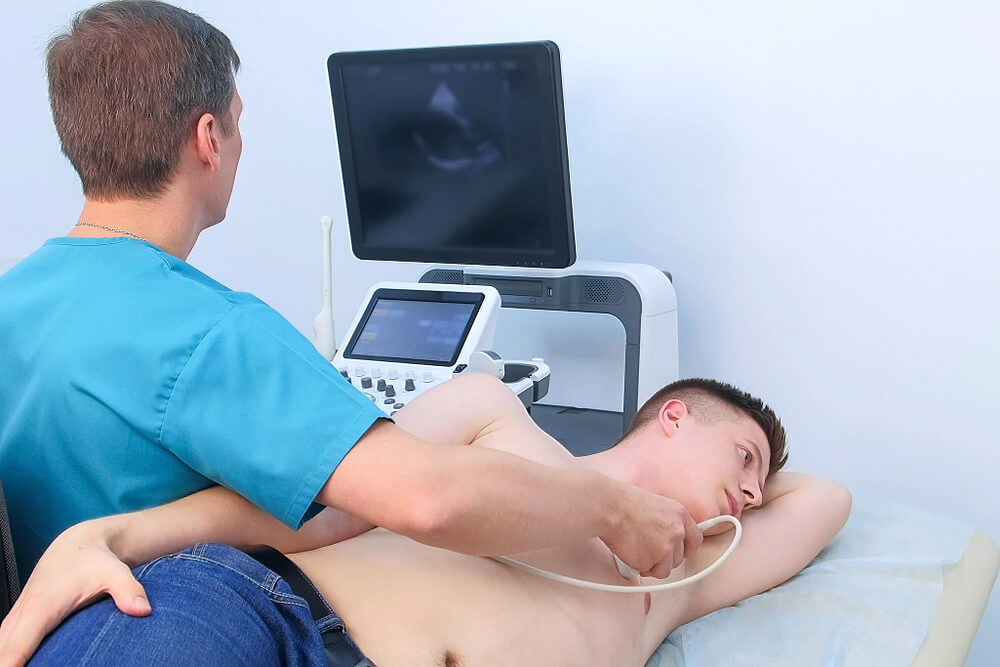Diagnosis of coronary heart disease:

Your doctor will diagnose you, depending on many factors
1-Medical and family history:
Your doctor will ask you about your medical history because he will suspect coronary heart disease if you have disorders like hypertension and diabetes Mellitus. He will ask you about the risk factors like your diet and physical activity. Your doctor will also ask you about your family history if one of your family has a coronary heart disease before or not.
2- Diagnostic tests:
your doctor will order some investigations to confirm his suspected diagnosis. He will ask one or more of the following:
-
- Blood tests: to detect cholesterol, lipoprotein levels, and C-reactive protein (that indicates that you have inflammation)
- Electrocardiogram (ECG): to monitor the heart rate and detect myocardial infarction
- Coronary calcium scan: to detect the amount of calcium that may deposit in your coronaries, forming a plaque
- Stress test: to detect how your heart deals with the stress. This stress may be physical exercise, or your doctor gives you medicine to make your heart work as you do exercise. Then, your doctor uses ECG to detect your heart rhythm during exercise.
- Cardiac enzymes: Necrotic tissues of the heart release some enzymes, which are a biomarker for infarction, like troponin and creatin phosphokinase-myoglobin (CPK-MB). Troponin is the most specific and sensitive marker of myocardial infarction. The initial rise of troponin is from 3 to 12 hours and returns to normal within a week. CPK-MB takes 4 to 8 hours to rise and return to normal within four days. Also, your doctor may ask you to do an ischemia-modified albumin (IMA) test. IMA indicates that you have a problem with your coronary blood flow.
- Cardiac MRI (magnetic resonance imaging): to detect if there is necrosis in your heart tissue or you have an obstruction in your coronaries
- Coronary angiography: your doctor will inject a dye in your coronaries, then through cardiac catheterization, he will see the blood flow in your coronaries.


